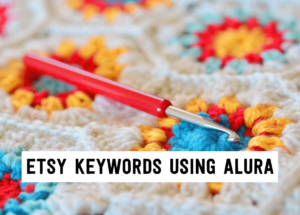
How to find the best Etsy keywords in 3 simple steps using Alura
If you want to be found in search results on Etsy, you need to optimize your product listing for SEO. And if you want to
join
join
If you want to be found in search results on Etsy, you need to optimize your product listing for SEO. And if you want to do that, you’re going to need a tool. I’m sorry to say that, but honestly, if you’re trying to throw spaghetti at the wall with your keyword strategy to see what sticks without looking at the data and without knowing actually what keywords you should be using based on that data, it’s going to take you a lot of time to get the results that you really want if you ever get them.
So for that reason, I strongly recommend that you use Etsy tools like the one I’m going to talk about today, which is Alura.

I’ve been using Alura (use coupon TIZZIT20 to get 20% off any paid plan*) in my own business with my clients for a few years now, and I haven’t actually wrote about it until now.
Alura has a lot of great features. Apart from the keyword research aspect, I love the shop analyzer. I’m obsessed with it. I’m constantly looking and analyzing other shops. Product research or market research tools are really cool too, but today we’re going to specifically look at keyword research because I know this is where most people get stuck.
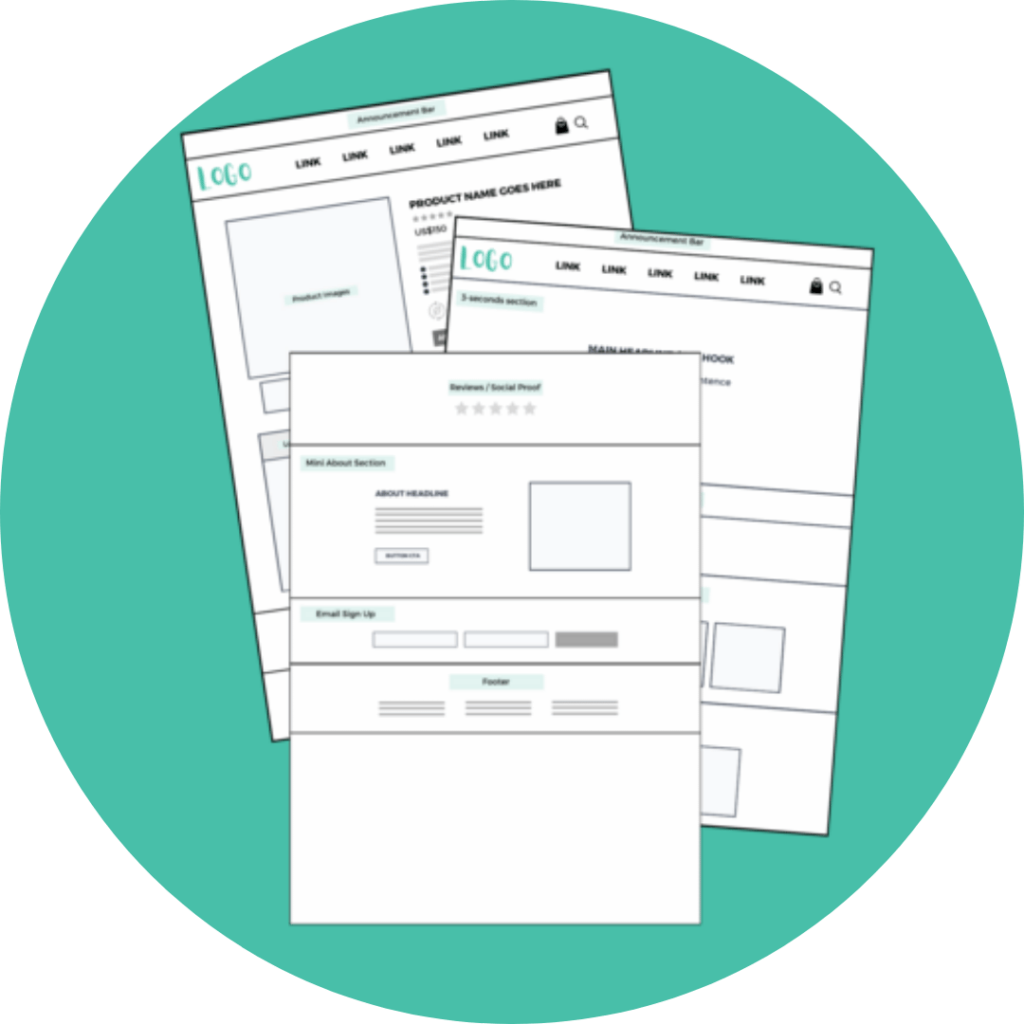
[free] website revenue booster kit
double your website sales with our proven, free website page templates and strategies
The problem that I’m seeing a lot of Etsy shop owners that I’m working with struggle is that it can be frankly overwhelming to do the keyword research and decide what keywords you want.
You may end up with like a million tabs open in the tool that you’ve chosen. And if you don’t have a proper workflow, you can overwhelm yourself with all the data in there and not know what to do with it. You might have spreadsheets with keywords listed, but you don’t even know if they’re good or not. You can’t remember why you’ve put them there. You might even have notes and Post-it notes on your desk. In this case, without a proper workflow, a tool can only get you so far.
If this is you, I’m hoping that this article will fix this and I’m going to offer you my own Etsy keyword research workflow to make the process easy (and even enjoyable!).
So, the three steps of the keyword research workflow are:
In the brainstorm phase, the goal is to generate as many possible keyword ideas as you can think of, even if they’re not all good. And that’s actually pretty important. I’ll get back to that in a second.
Then you’ll get into the research. So based on that brainstorm, we’re actually going to look at the data and see, is this a good keyword? Is this kind of interesting, but I’m not sure yet? Or should I not even consider that keyword at all?
And then finally, the last step is scoring. Once we have a selection of keywords that we’ve kind of already pre-filtered, we want to compare them and decide which ones we actually want to use.
When it comes to brainstorming Etsy keywords, you need to start by removing yourself from your computer. Seriously, you cannot start brainstorming inside of the tool because you will already start getting into analyzing and looking at the data in there. And that’s not what brainstorming is. Brainstorming is really getting any idea that you might have for a potential keyword on paper. Only then we will look at the data for it.
So the first issue that you’re likely to run into – at least that’s what my experience with other makers has shown – is that often you get stuck and you don’t have all that many ideas because you’re used to describing your products a certain way. And it can be kind of hard to find another way to describe the product. Like a mug is a mug, so how else are you meant to call it…? And you might have those kinds of issues coming up with a decently long list of brainstorm ideas for your keywords. If that’s the case, I recommend you use a technique called the 5W technique.
And it’s really asking yourself what, why, where, who, and when. What is this product for? What is it made of? Any kind of question that starts with “what”, answer it and it’ll trigger some keyword ideas for you. And then do the same for why, where, who, and when. When is it going to be used? When can it be gifted? Where would it be in the house? Where would it be used? Who is going to buy it? Who is going to use it? Why is it better than an alternative? Just try to find questions that start with what, why, where, who, and when. Write down and answer those questions. You will find new keywords and new ways of thinking about your products. You haven’t thought of them before.
This is a very quick overview of what this technique actually is. If you are an HQ member, you already have access to my Etsy SEO Blueprint course. I dive a lot more in depth into this technique there and how to use it to generate ideas. If you’re not an HQ member, you can check it out here.
The second issue that I see people run into is disregarding ideas way too quickly. Don’t judge an idea for a keyword before you write it down. Don’t assume few people will search for it. I can promise you, you will surprise yourself. Some keywords that you’re writing down in your brainstorm, thinking they will have a high volume of search, might actually not be searched at all. And vice versa, there may be this random keyword that you jolted down and when you look at the data, it’s actually looking really good and promising. So the moral here is: don’t want to judge too early, and don’t want to judge without the data.
You need to have some bad ideas. It’s normal. Your brainstorm should have a bunch of really bad keyword ideas and we won’t know they’re bad until we look at Alura. So still write everything down. You must have your list of brainstorm ideas on paper first. Then, you can jump into Alura and start deleting the ones that won’t get you traffic and sales. And so let me share my screen and I’ll show you how to do that:
The second step is research. It’s looking at the keywords in your brainstorm list. You go over them one by one to find more and better ideas based on each keyword.
We’re trying to fill in gaps we missed in our brainstorm. You won’t think of all the best keywords on your own. That’s why those tools are so, so helpful. It’s really asking Alura “okay, here’s a list of keywords that I’ve thought of that have some potential. what ideas do you have that are similar to those keywords that I might be interested in having in my listings as well?”. So I’ll share my screen again and show you how to do that.
The last step of our Etsy keyword research is scoring. We are picking from a list of keywords we’ve chosen for their search volume potential. Now, we’re looking at other factors we haven’t looked at before. We’ll compare the factors to decide which ones to include in our listing. So I’ll show you how to do that and again share my screen.
Okay my friend, this was a lot. I’m so excited that I finally did a deep dive into the Alura keyword finder tool. I love Alura, they do so many things very well! I’ll be writing more articles on other features. In the meantime, don’t forget to use the code TIZZIT20 to get 20% off your Alura plans*.
If you need more help with your Etsy SEO I do have a course that I’d love for you to check out. It’s called the Etsy SEO blueprint and it covers everything, including how to optimize your shop for conversions. It also covers a deep look at keyword research, analysis, and scoring, as well as spreadsheets and info on how to write your titles and tags and all that good stuff so if you’re interested in learning more make sure to check the link here.
Have fun with it. Or try to. I promise, once you get the hang of the tool, it’s actually kind of enjoyable to do your Etsy keyword research. Thanks for reading and I’ll see you in a future article. Au revoir!
*this is my affiliate link, meaning that if you decide to use it I will get a small commission at no extra cost to you. It does not affect my opinion at all. As I said in the article, I’ve been using Alura in my own business for a couple of years now and I love it.
you might also like…
related articles

If you want to be found in search results on Etsy, you need to optimize your product listing for SEO. And if you want to
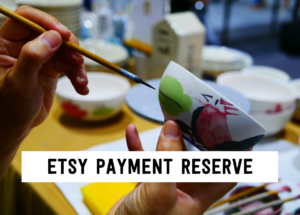
There has been a lot of talk in the Etsy community — and I mean A LOT of talk — about Etsy’s payment account reserve
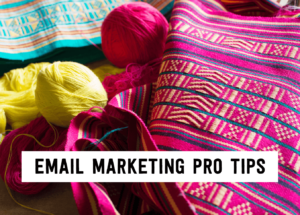
Anyone who knows me knows that I am a HUGE advocate for using email marketing to grow and scale your handmade business. But you may
disclaimer
subscribe to youtube
THE LAUNCHPAD
get in touch
We acknowledge and give thanks to the Budawang and Yuin people, the Traditional Owners of the land we work and live on. We pay our respects to all Aboriginal and Torres Strait Islander Peoples and elders past, present and emerging.

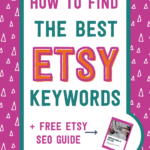

double your website sales with these proven website page templates and strategies
Hi
Watched your video, a nice one, have an etsy shop started a month ago, reached 50+ items mostly t-shirts, but am not getting any sales, subscribed to alura as well last week,